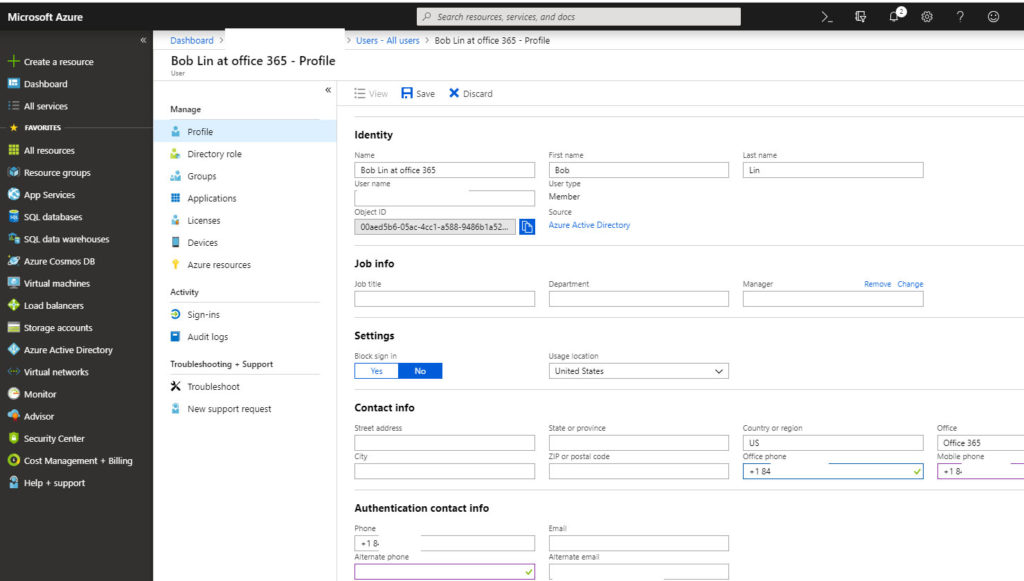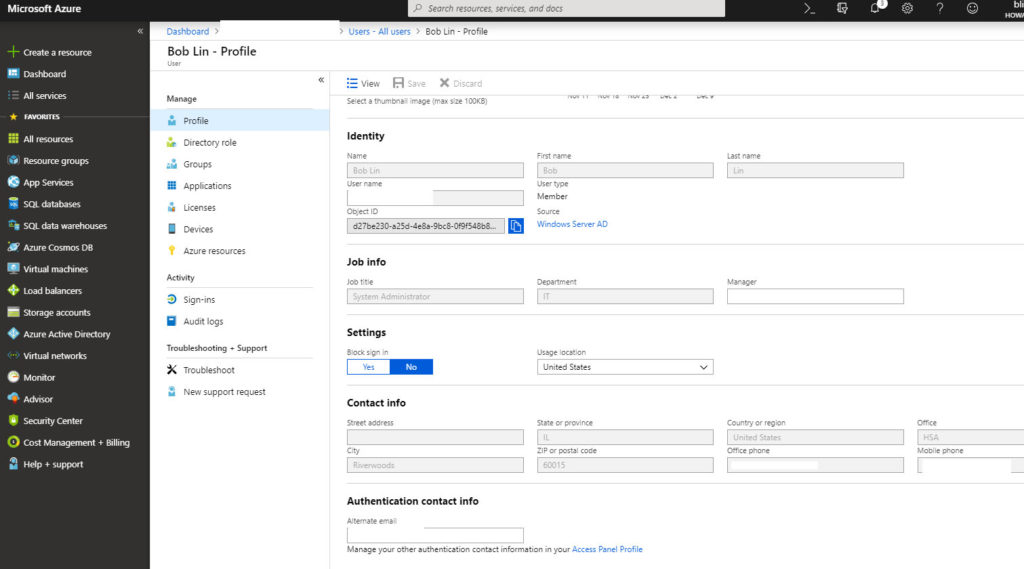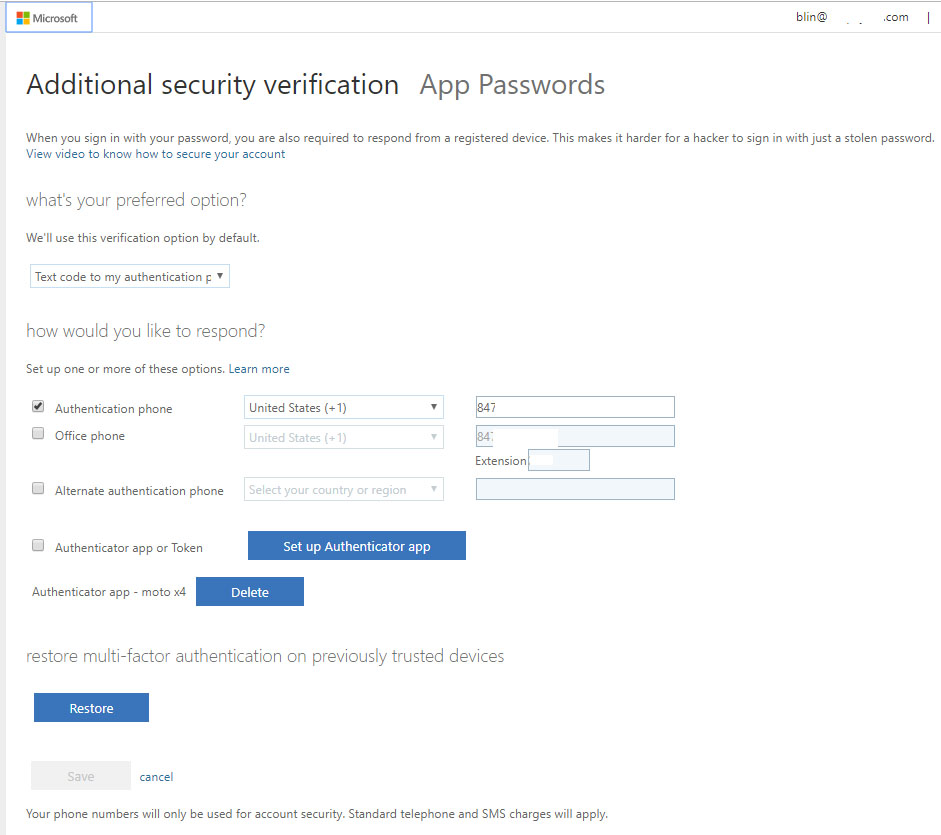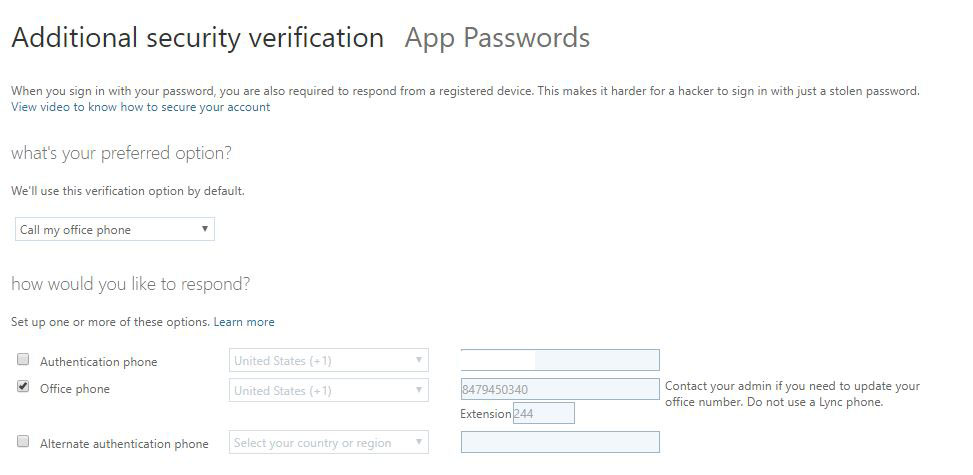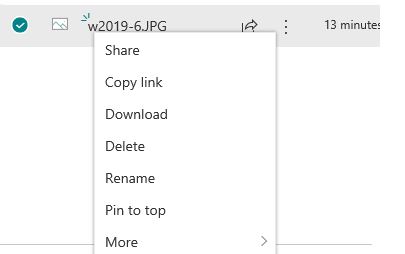If for some reasons, you want to remove a computer from the WSUS, you may have these options.
Remove WSUS Settings via PowerShell
1.Click Start and open PowerShell as Administrator (Right Click > Run as Administrator).
2.Stop the Windows Update Service by entering the command Stop-Service -Name wuauserv.
3.Remove the Windows Update registry key by entering the command Remove-Item HKLM: \Software\Policies\Microsoft\Windows\WindowsUpdate -Recurse.
4.Finally, Start the Windows Update Service again by entering the command Start-Service -name wuauserv.
Remove WSUS Settings Manually
1.Click Start and type regedit into the start search box, then Right Click and Run as Administrator.
2.Navigate to HKEY_LOCAL_MACHINE\Software\Policies\Microsoft\Windows\
3.Right Click and Delete the registry key WindowsUpdate, then close the registry editor.
4.Open the Services Console by entering services.msc in the start search box.5.Locate and Restart the Windows Update Service
